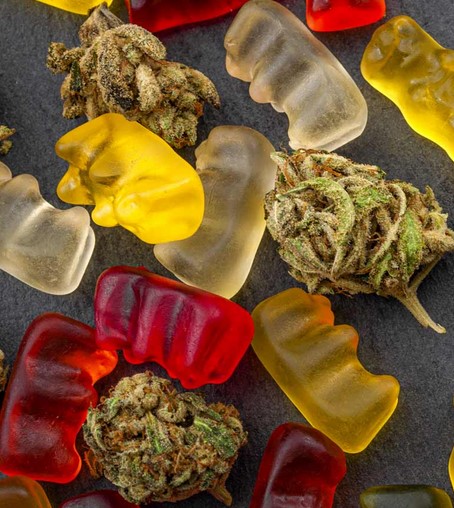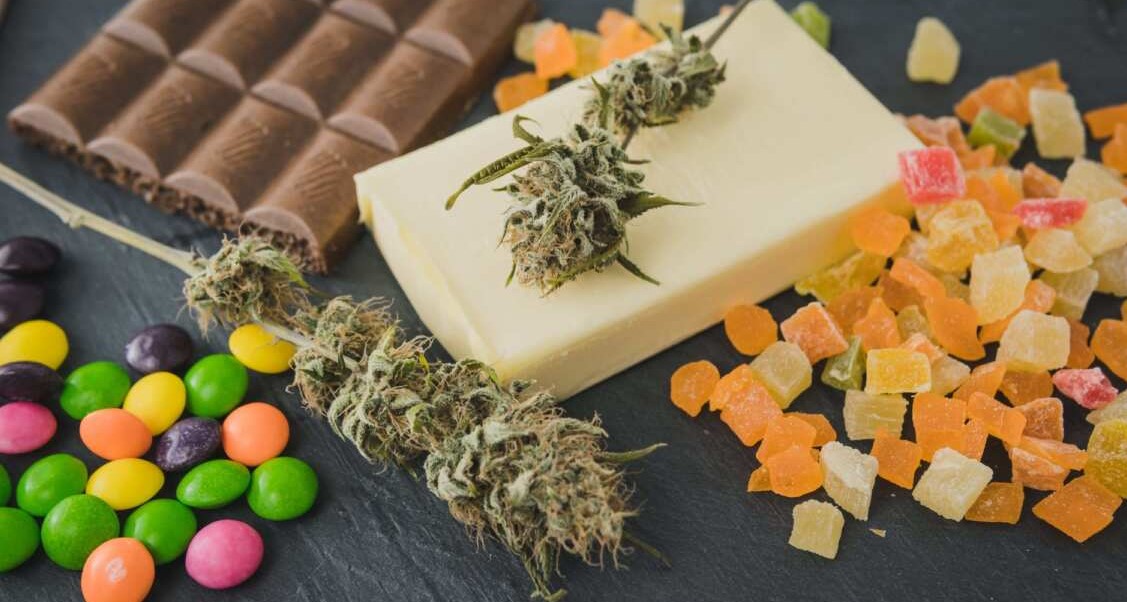Edibles, which are prepared with marijuana leaves or higher-potency cannabis concentrates and taste like sweets, breads, or soft drinks, are a popular choice for individuals who wish to eat marijuana undetected. They may resemble real baked items, sweets, and soft drinks and are frequently aimed at children. THC-laced materials could be stated on packaging labels; however when the package is opened it appears to be genuine food.
Cannabis edibles are foods or beverages that have been infused with cannabis. Edibles can be consumed in a variety of ways thanks to several methods for infusing marijuana into them. Edibles, when used appropriately, provide a strong and focused body experience, making them ideal for those suffering from pain, nausea, or hunger loss.
Edibles are a popular alternative for smokers and vapers who do not want to inhale cannabis smoke or vapor. There are several reasons why people don’t like breathing cannabis smoke or vapor, and edibles provide an easy solution.
How They’re Made
Dispensary edibles are often produced with more advanced technologies, such as a cannabis distillate – an odorless, flavorless oil – or cannabinoid crystals. These chemicals will be combined with a fat to bind to in order to be effective; butter or oil are most frequently used for this purpose. Cannabis butter or oil can also be manufactured at home from ground flower rather than dispensary-grade distillates.
The potency of edibles is measured in milligrams, not THC percentages, unlike cannabis flower or concentrate. The amount of milligrams of THC contained in the edible is what determines the potency of an edible. When purchasing edibles from a dispensary, you should check for the amount of milligrams of THC present. It’s critical to double-check how many milligrams of THC you’re ingesting and whether your package comes with one or more serving sizes.
Infusion Of Canna-butter Or Canna-oil
Cookies, brownies, and similar baked goods are frequently created with cannabis-infused butter or oil. Making cannabis butter is a straightforward procedure that includes combining ground cannabis with butter. Cannabis butter must be decarboxylated in some manner. The decarboxylation of cannabis occurs when the THCA cannabinoids present in cannabis are converted into THC by slowly exposing it to low heat for an extended period of time. When the marijuana and butter are heated, the cannabis decarboxylizes, and the resulting THC clings to the fat molecules in the butter. It’s best to use high-fat butter because it will be able to absorb more THC and create higher-THC edibles as a result.
Cannabis oil is a type of cannabis-infused cooking oil that may be used interchangeably with cannabis butter in baked goods, or it can be used as a substitute for cannabis butter in cooked edibles. It’s more popular in homemade sauces or dressings, sautéed veggies, and fried foods than it is in baked goods. Cannabis oil is commonly made by dissolving THC from the plant material using butane or another solvent. However, making cannabis oil using solvents necessitates significant training, expertise, and equipment, so do not attempt this at home.
Cannabis Extract For Beverages
Finally, cannabis extract or tincture can be used to prepare beverages simply requiring a few drops, although it is also quite versatile and suitable for either cannabis butter or oil. Tinctures are alcohol-based extracts produced by combining cannabis flower or concentrate with high-proof spirits such as Everclear (which are still safe to consume). Cannabis is not safe to consume, as Isopropyl alcohol and other non-alcoholic alcoholic products are not recommended. It’s combined with high-proof ethanol in a mason jar and left to sit for several weeks after the cannabis decarboxylases. Once that procedure has been finished, the liquid is strained through a filter to obtain the final extract.
Contact Pure Oasis For More Information
In addition to a wide range of cannabis-infused edibles and beverages, our product selection includes a broad variety of indica, sativa, and hybrid flower, pre-rolled joints, concentrates, as well as vape pens and accessories. Choose what works for you: we have the most varieties of marijuana flower, hash concentrate powders and oil, topical salves, creams, lotions ,and infused edibles and drinks – we’ve got it all.
We take pleasure in providing adult customers with the information they need to make the best decisions for their specific requirements. Our user-friendly menu offers THC percentages and gradings that can help you reach your desired outcome. Looking for a relaxing souche? We’ve got you covered. Do you want to be more energetic? It’s not an issue for me. Are you in need of pain relief? We have something just for you. Many cannabis users claim to feel better, sleep better, and have increased appetite, less anxiety, improved mood, and reduced pain and inflammation as a result of using marijuana.
We always suggest starting with the lowest dose, so you may be confident trying out a new item. With all of the data on how long effects last and when you should begin to notice them, we’ll take the guesswork out of adult-use cannabis. Consider us your marijuana sommelier.
Where should you store marijuana and marijuana edibles?
Keep marijuana edibles out of reach of children and pets. Even minor amounts of marijuana could be dangerous for young bodies and developing brains.
The state of Alaska has strict regulations regarding the packaging and labeling of cannabis products. Packaging for marijuana items sold in retail or medical dispensaries must be plainly labeled and child-resistant. Keep marijuana goods in their original packaging to assist consumers determine if they contain THC. Place them in a secure location.
As your children get older, the way you store marijuana will change. Young children may not be deterred by safe storage near them.
Are marijuana edibles safe for pregnant or breastfeeding women?
It’s possible that using marijuana while pregnant or breastfeeding will harm your child. THC from cannabis is transferred from the mother to her developing baby via the placenta. When a nursing mother uses marijuana, it passes through her milk and into her infant, possibly putting him at risk.
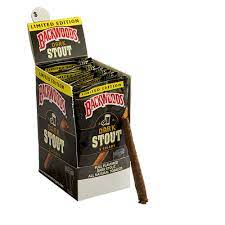 Dark Stout Backwoods Cigars
2 × $130.00
Dark Stout Backwoods Cigars
2 × $130.00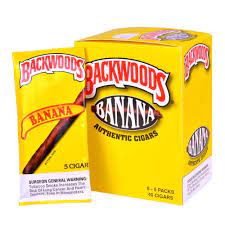 Banana Backwoods Cigars
1 × $200.00
Banana Backwoods Cigars
1 × $200.00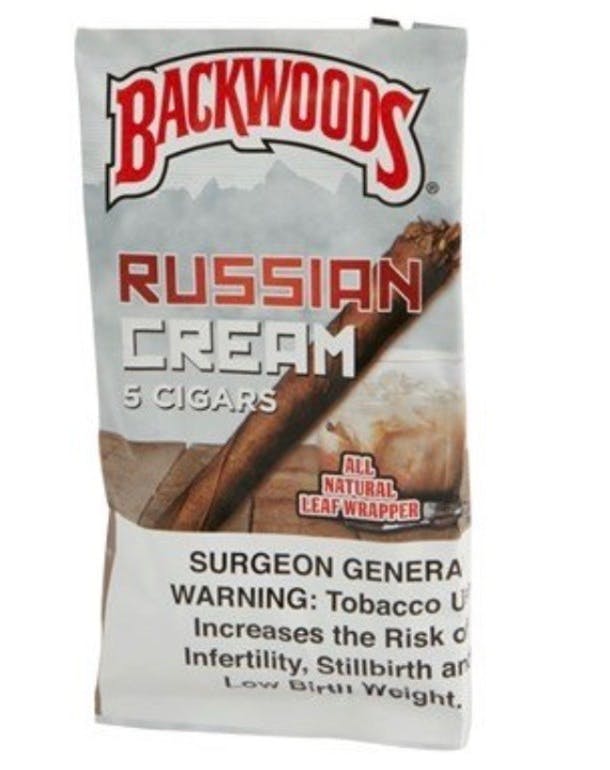 Russian Cream Backwoods Cigars Pack
1 × $20.00
Russian Cream Backwoods Cigars Pack
1 × $20.00 Bong *Includes 2 Tips*
1 × $50.00
Bong *Includes 2 Tips*
1 × $50.00


